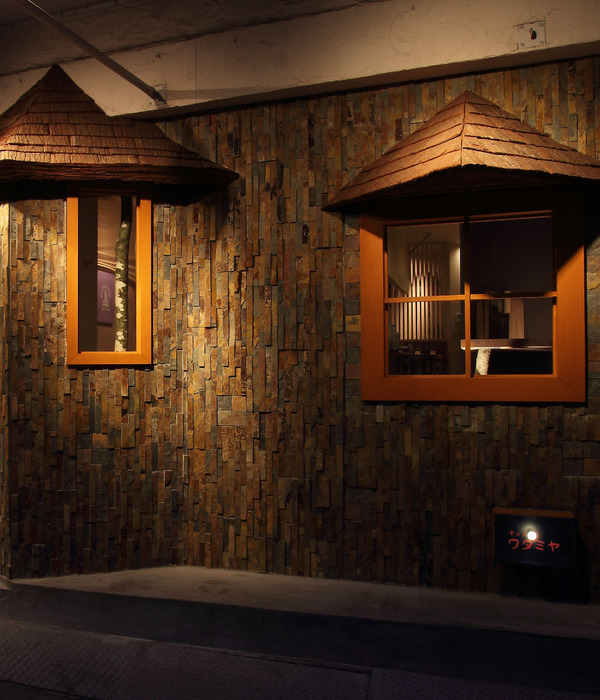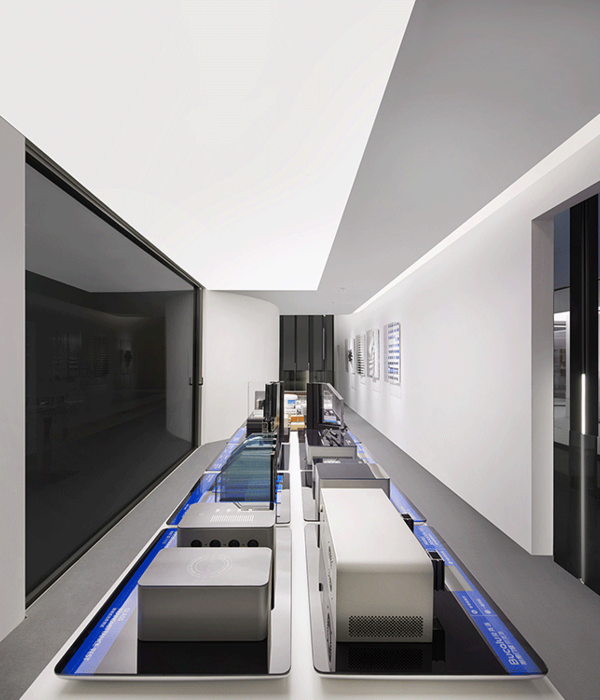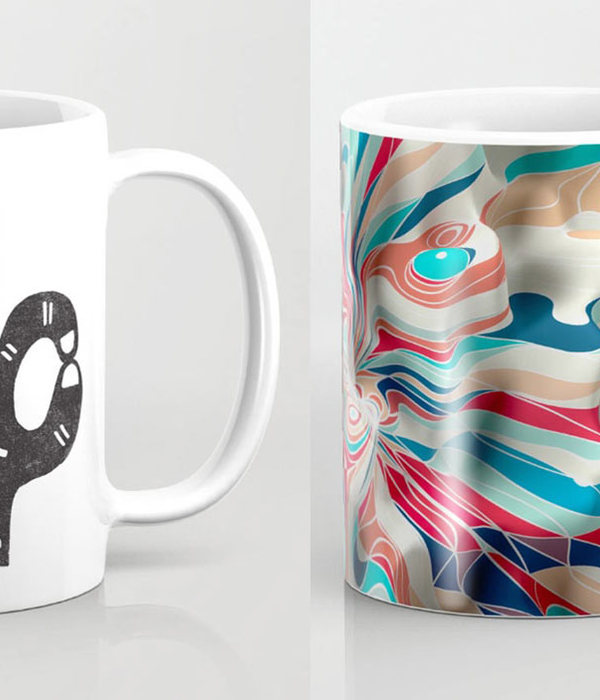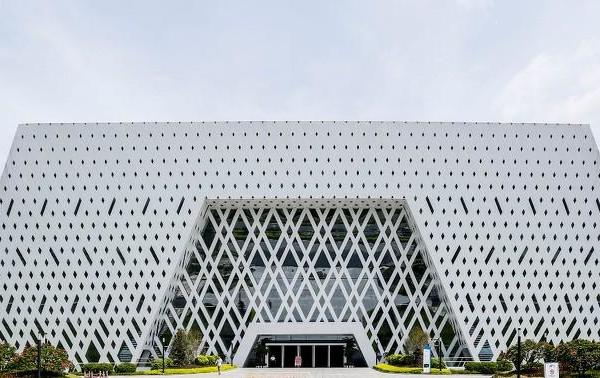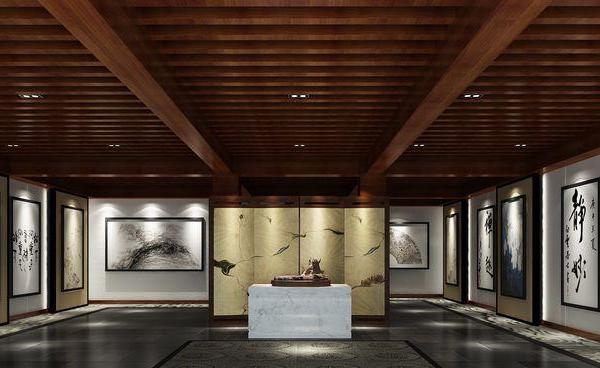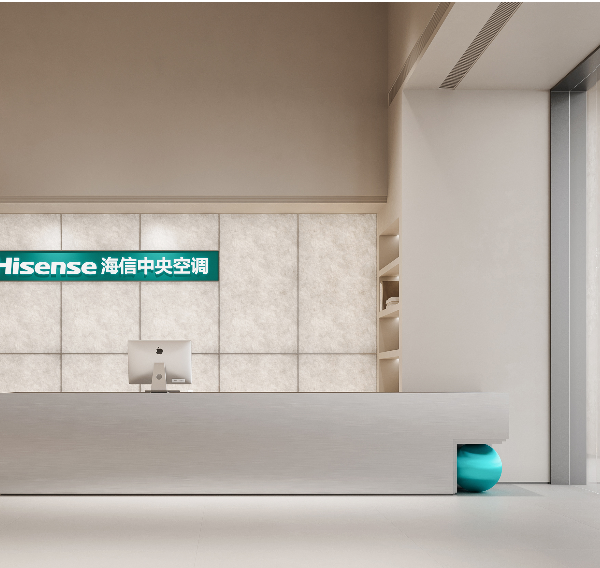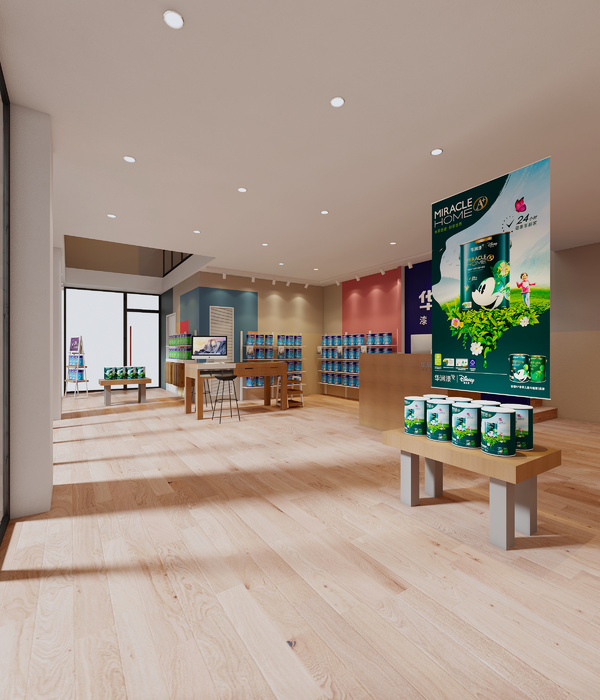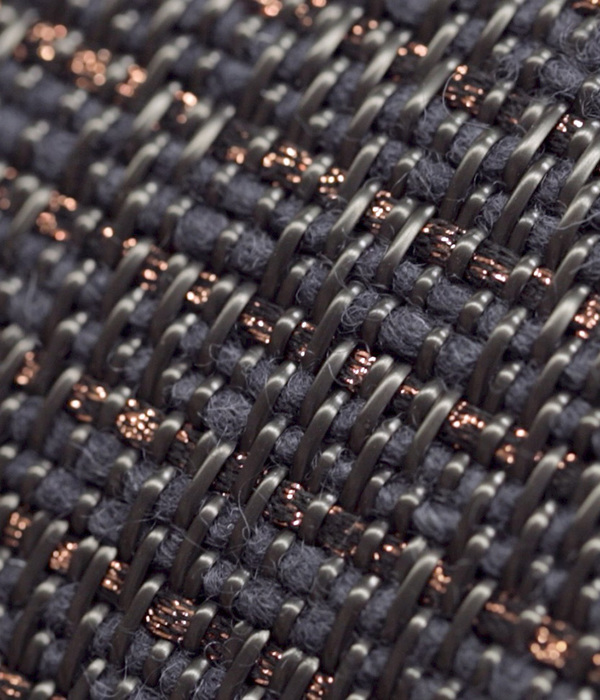- 项目名称:画王·大理石2019广州设计周展馆
- 设计方:广州共生形态工程设计有限公司
- 公司网站:www.cocopro.cn
- 联系邮箱:c_c_ltd@126.com
- 设计总监:彭征
- 设计团队:谢泽坤,夏声悦,郑瑾萱,叶子荣
- 项目地址:广东广州
- 客户:广西利升石业有限公司
- 品牌:铁丝网,白色石子,水磨石,地毯,漆
▼一方山水:画王·大理石2019广州设计周展馆 ©共生形态 Signtone Marble Pavilion for 2019 Guangzhou Design Week
▼石林小院 ,the stone yard ©共生形态
在此小院中,廊房被拆散为墙垣,或正或斜,有断有续,对景借景,可坐可游。就空间感知而言,庭地颇小,九宫布局,曲折通幽,又完全不为几何所囿,空间变幻几近无穷,观者于行游之间,移步换景,竟有深远不尽之感。
网上搜得一学术论文,用纯数理的形式分析石林小院,通过面积、视角等计算数据、百分比进行分析并得出公式……不觉可笑:如果设计可以抽象成数理化的数据,那替代人类做设计的日后也一定是机器人了。
▼石林小院的平面动图,plan of the stone yard ©共生形态
中国园林建筑从北宋郭熙提出“不下筵堂,坐穷泉壑”的身体感受开始,便进入了行、望皆如画,居、游皆入画的阶段,将谢灵运的“山居栋宇”拆散棋置于山水远近之间,以空间的变化愉悦感知,忘化生死流变的时间恐惧,并于随后所聚合的山水诗、山水画,山水园的文化力量之中,对后世中国文人精神的陶冶,也大致与西方宗教的功用类似。而以行、望、居、游为标准的山水园林的“入画”姿态也成为有别于西方驯化自然的抽象景观和日本人化自然的“如画”景观的关键。
▼明代文征明《兰亭修褉图》 A Graceful Gathering at the Orchid Pavilion by Wen Zhengming
尝游襄阳米公祠,其中有一处湖石嶙峋状,上有刻碑“城市山林”字样。针对杨万里提出的“城市山林两难兼”而书写的“城市山林”匾额,便是米芾最大的贡献,无论园林,还是赏石,都是古代文人亲近自然、师法自然、崇尚自然的一种表征,而他的砚山也预示着一种小中见大的宇宙观。
所谓城市,俗世生活功名场也;何谓山林,文人逃避功名隐逸地也。城市与山林相互媾合,彼此映衬,你中有我,我中有你。我忽然意识到,被文人们置于园林建筑中最高追求的“深远不尽”,其中的“深远”是空间经营的目标,而“不尽”则是对时间不尽的思索与对栖居诗意的追求。
▼概念手稿,conceptual sketch ©共生形态
当下中国设计界,寄望用西方现代理性精神来普渡众生的“海龟”们,和提倡回到过去的诗情画意的“土炮”们,两派各持己见,交锋激烈。前者妄自菲薄、矫枉过正;后者又略显清高,成仙成佛,毕竟过去是回不去了。
这个小小的项目以材料和建构的真实性,主动适应的工业预制化和商业化快速搭建的营造模式,以及对环境友好性为设计出发点,设计师重拾儿时山林间玩耍的童真和乐趣,精心营造的游览路径,令观者在游走、发现之旅中能够体验和感知自然,并由此获得愉悦和安心。将场地内的空间与场地外的场景分为佳俗——佳则收之,俗则屏之,若虚若实,若即若离。
▼项目概览,overall view ©共生形态
▼精心营造的游览路径,令观者在游走、发现之旅中能够体验和感知自然 The carefully constructed tour path allows viewers to experience and perceive nature during the walk and discovery journey ©共生形态
This small project took the initiative to adapt the construction model of industrial prefabrication and commercialization with the authenticity of materials and construction, and taking environmental friendliness as the starting point of the design, the designer regains the childhood innocence and fun of playing in the mountains and forests. The carefully constructed tour path allows viewers to experience and perceive nature during the walk and discovery journey Get pleasure and peace of mind. The space inside the venue and the scene outside the venue are divided into good and vulgar—the good is collected, and the vulgar is screened.
▼蜿蜒的路径,the winding path ©共生形态
▼铁丝网和白色石子搭建的屏墙 ©共生形态 the screens made of metal mesh and white gravel
▼展台与屏墙相呼应 ©共生形态 the display table dialogues with the screen
自陶渊明以来,为普通人以身体感知为基础的日常注入诗意,已有1600年历史,或许,灵感与将来都在这深藏于国人心灵深处的“一方山水”之中。
Since Tao Yuanming, it has been 1600 years of history to inject poetry into the daily life of ordinary people on the basis of body perception. Perhaps inspiration and future are in this “landscape” hidden deep in the hearts of Chinese people.
▼诗意“山水”,the poetic “landscape” ©共生形态
▼展馆全貌,overall view of the pavilion ©共生形态
▼展示材料,material display ©共生形态
▼平面图,plan ©共生形态
▼轴测分析图,axon diagram ©共生形态
{{item.text_origin}}

